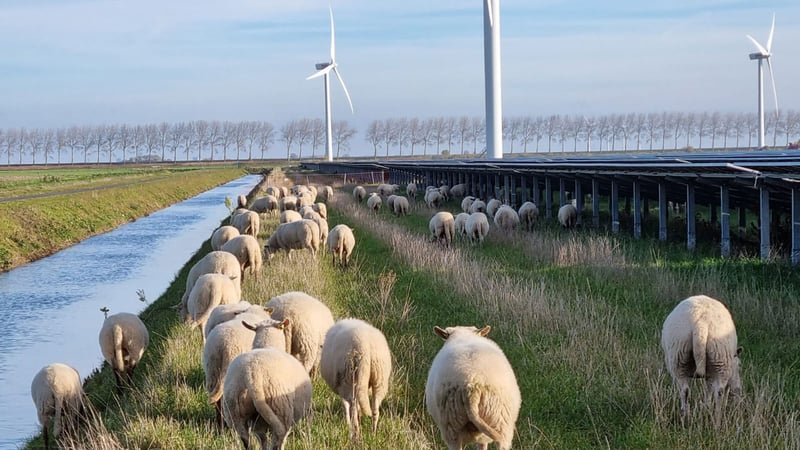| Year | Value |
|---|---|
| 2020 | 19 |
| 2021 | 28 |
| 2022 | 42 |
THE EDIT
Your monthly briefing on the journey to fossil freedom
Issue #1 Biodiversity, March 2023

Not one bird collision
— unexpected results in
windfarm study
What to know: Using cameras and radar, scientists have been able to demonstrate that birds adapt their flight paths to avoid wind turbine rotor blades at sea. The tracking was conducted for a period of two years at Aberdeen offshore wind park.
Why it matters: Offshore wind power is essential for meeting increased energy demand. However, wind farms have to exist in harmony with surrounding wildlife. This report shows that the risk of seabirds colliding with wind turbine rotor blades is lower than expected. From a biodiversity perspective this is great news.
"The next ten years will be crucial for biodiversity in the world"
Reversing the trend. Climate change has to be reduced in order to slow down the loss of biodiversity. And vice versa: species richness is central to mitigating climate change. To succeed we need a strong global agreement, says Helle Herk-Hansen, Vattenfall's Head of Environment. Learn more

Getty Images
Advanced fish recognition helps preserve salmon population
Not all guests are welcome. At Stornorrfors hydropower station in Sweden, artificial intelligence is used for helping fish migrate and breed. The technology could also help identify invasive species and stop these from reaching sensitive spawning waters upstream river, thereby disrupting eco-systems and reducing biodiversity.
Here comes the sun – new solar power up
by nearly 50 percent in the EU
Breaking records. Europe’s use of solar power continues to break records with news that it has more than doubled in two years. Germany is leading the way by installing the most solar capacity annually. 41.4 GW was enough to power the equivalent of 12.4 million European homes in 2022.
Why Vattenfall invests in solar panels on farmland

What: 95 hectares of farmland in German Türingen will soon produce not only food but also 76 megawatts of solar power. A perfect match.
Why: Agrivoltaics is the combination of energy production and agriculture on the same land. The innovative technology helps the rapid and necessary expansion of solar power, without interfering with agricultural land used for food production.
